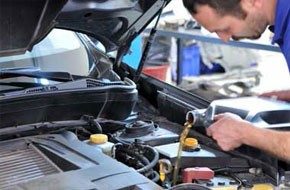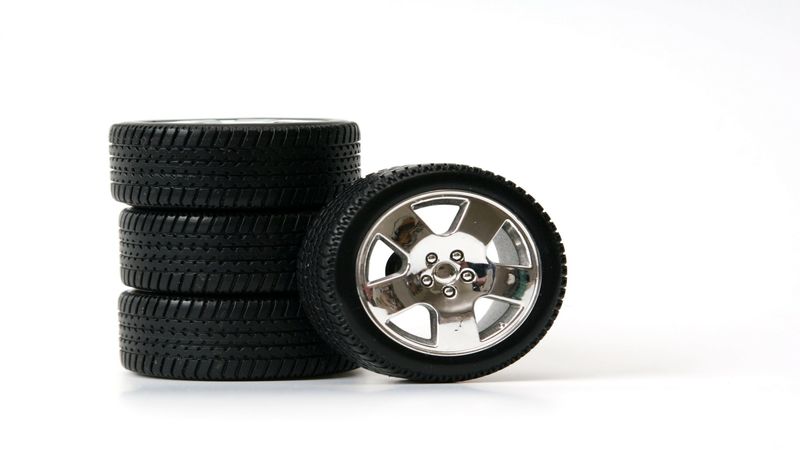A transmission flush in Minneapolis is generally recommended every two years or 24,000 miles – whichever comes first. The flush process is usually performed using equipment that has a built-in pump or runs off the pump of the transmission. The flush machine is linked to the cooler lines of the transmission. While the old transmission fluid is being pumped out, the new transmission fluid is being delivered at the same time and in the same quantity.
The Purpose of the Flush
Sometimes a cleaning fluid is delivered back into the transmission – a liquid that removes old transmission fluid deposits from components and parts. In other cases, the technician may run a cleaning solvent through the transmission before he performs the flush. When a transmission flush is performed, the cooler, converter and cooling lines are thoroughly cleaned. Therefore, all of the old transmission fluid is replaced. A flush removes all the built-up deposits that tend to accumulate over time. You cannot obtain this kind of result with a basic fluid change.
Some technicians may argue about the transmission flush procedure – asking if it is bad or good for a vehicle. While most mechanics will agree that having a flush can extend the life of the transmission, some experts believe that forcing liquid back into the transmission can be harmful to vehicle components or may block tight passages. Some of the debris can loosen and may become lodged during the flushing process. However, most auto manufacturers contend that the flush process is not harmful at all but, instead, revitalizes an auto’s transmission.
The Correct Way to Perform a Flush
Experts in the car repair field say that the best way to eliminate any of the above problems is to perform the flush by removing the transmission pan and changing the filter. By conducting the flush in this way, the mechanic prevents any potential risk that contaminants will go through the transmission lines and eventually cause a problem.
Checking the Level of Fluid
In the past, all cars featured a second dipstick that was used to check the transmission fluid. The other dipstick was used for checking the engine oil. If you own a vehicle that features a dipstick for checking the automatic transmission fluid (ATF), the process is very easy.
Most cars need to be running and the gearstick set in park when the transmission is checked. In a few cases, the car’s engine should be disengaged. If you are not sure how to check the ATF, you sometimes can find instructions on the transmission dipstick itself. Either look at the dipstick or refer to your car’s owner’s manual. If you have a newer car that does not have a dipstick, the fluid must be checked underneath the car. A plug is removed to determine the level of fluid.







